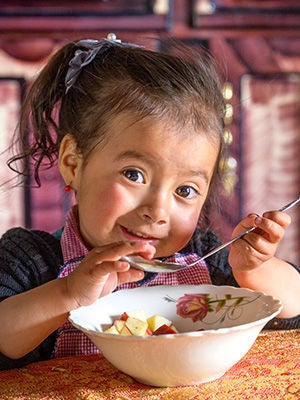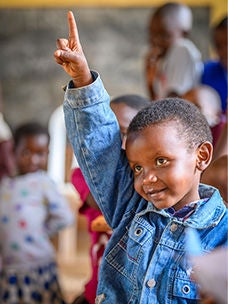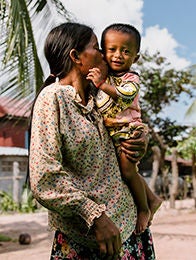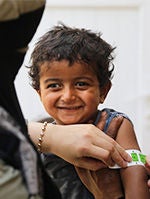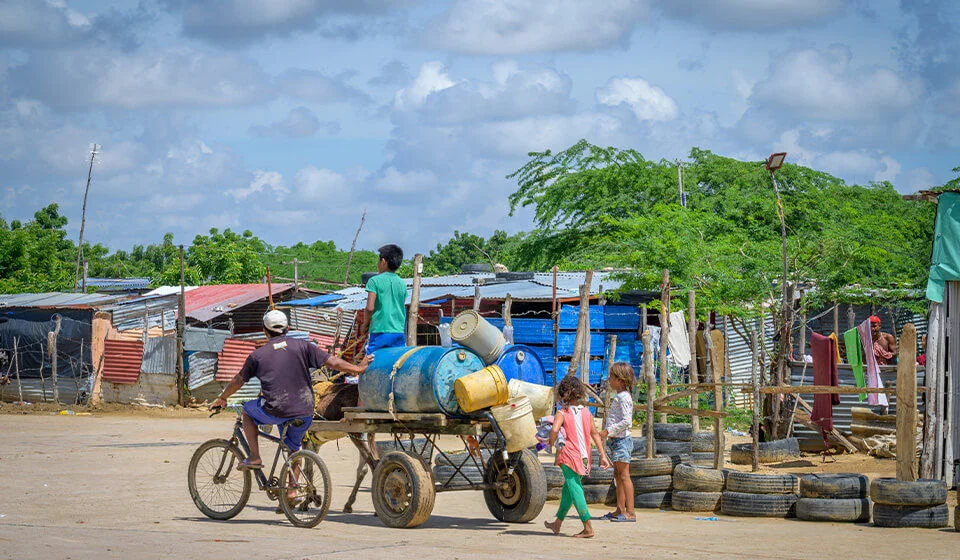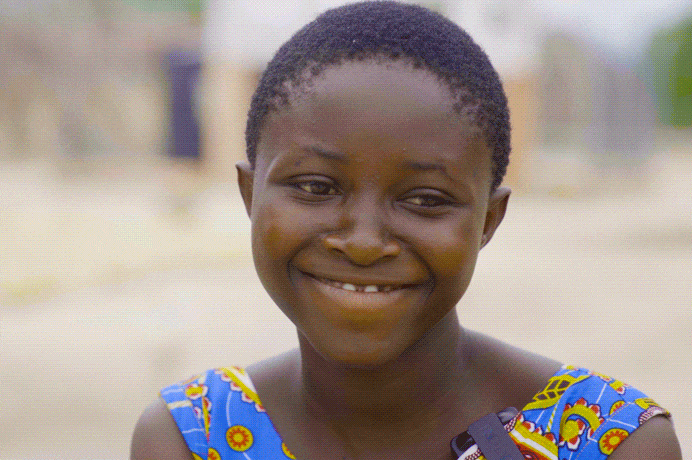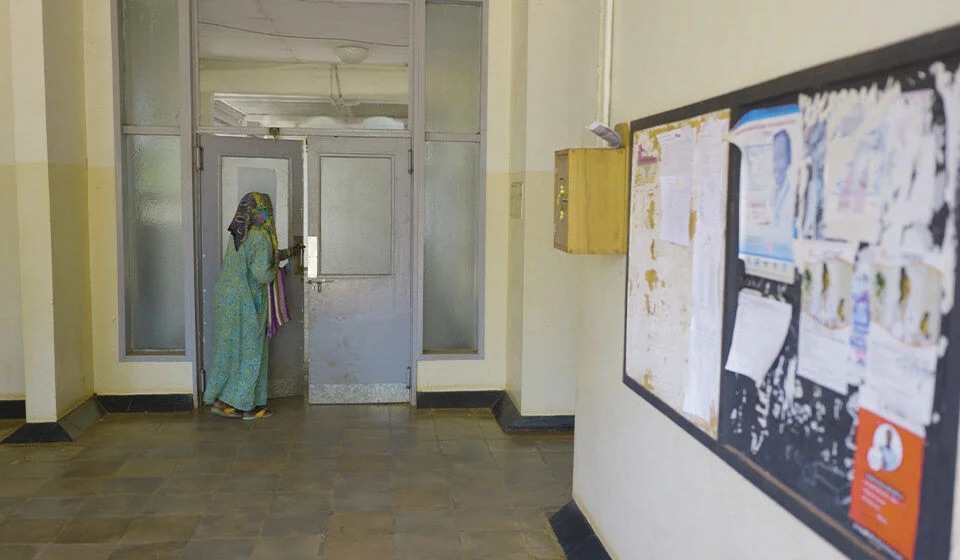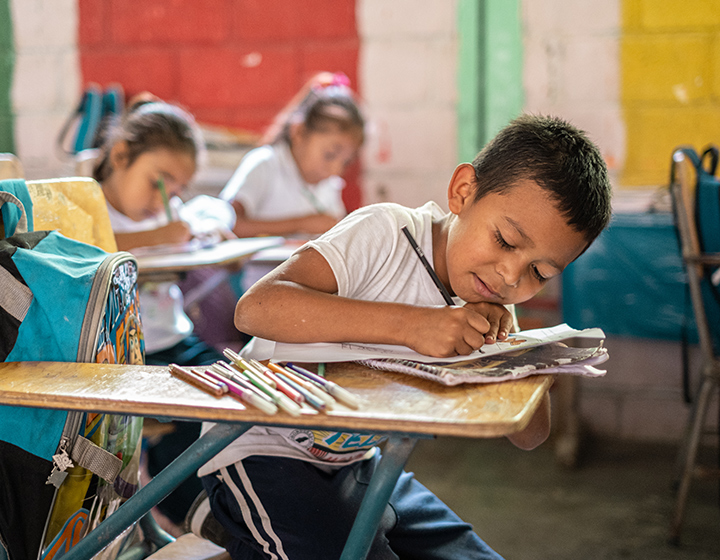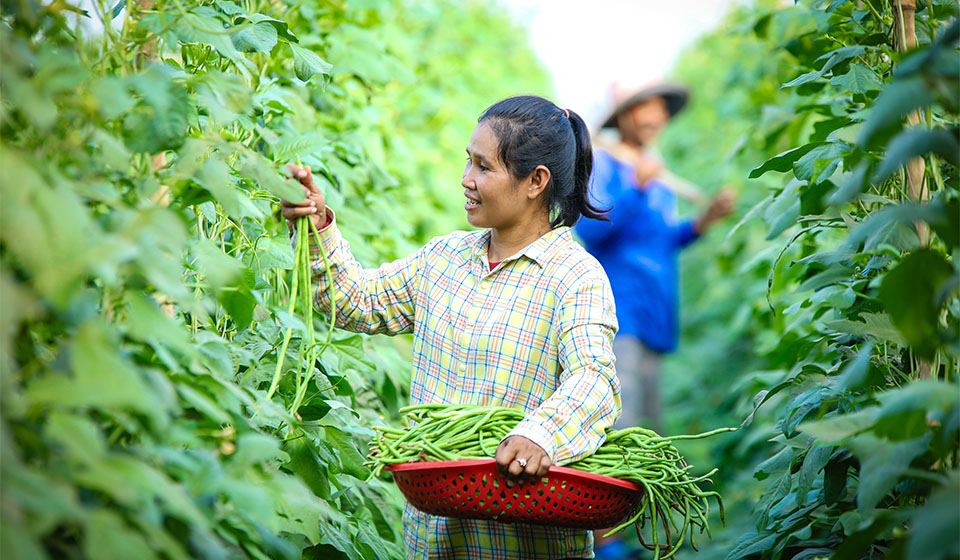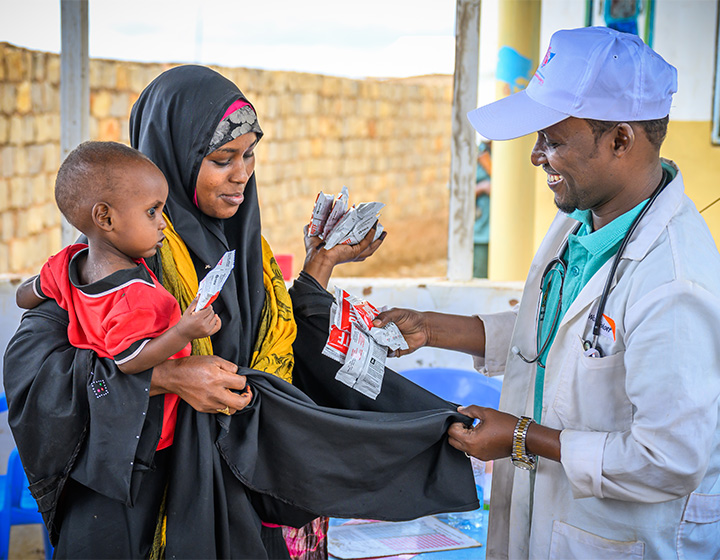Almost 700 million people live in extreme poverty. Among them are 333 million children.
Forced to survive on under $2.15 per day, many children face issues like illness from unsafe water, malnutrition, lack of education and inadequate health care. Global poverty can perpetuate a cycle lasting generations, increase early marriage rates and cause psychological stress and shame.
However, with the right response, starting with education, the cycle of poverty can be broken.
From poverty to progress
Poverty isn’t solely defined by the lack of money to meet daily needs. It also encompasses the lack of access to essential services and opportunities, like health care, education and employment, which are necessary to flourish in life.
Addressing global poverty requires a holistic approach, not a quick fix. Our programs aim to:
- Increase access to, and the quality of, education
- Develop economic self-empowerment (raising the economic well-being of individual households and/or communities)
- Increase access to health care
- Improve access to water, sanitation and hygiene
- Increase child protection (for example, preventing early marriage).
We also work in conflict zones, where children have been child soldiers, forced into child marriage or physically and sexually abused.
Featured article
-
Burundi schools serve up success one plate at a time

Hunger
Education
Burundi
-
Just give money? The beauty of cash assistance in emergency response

Disaster Relief
-
An education interrupted: A Venezuelan’s story of escaping oppression

Ecuador
Education
-
“I have amazing goals for the future”

South Sudan
International Development
Education
Explore more articles
Explore more articles
Explore more articles
Explore more articles
We provided 763,324 reading materials and 102,221 school supplies to schools and communities in support of children’s education.
Source: 2024 Annual Results Report, pg. 58
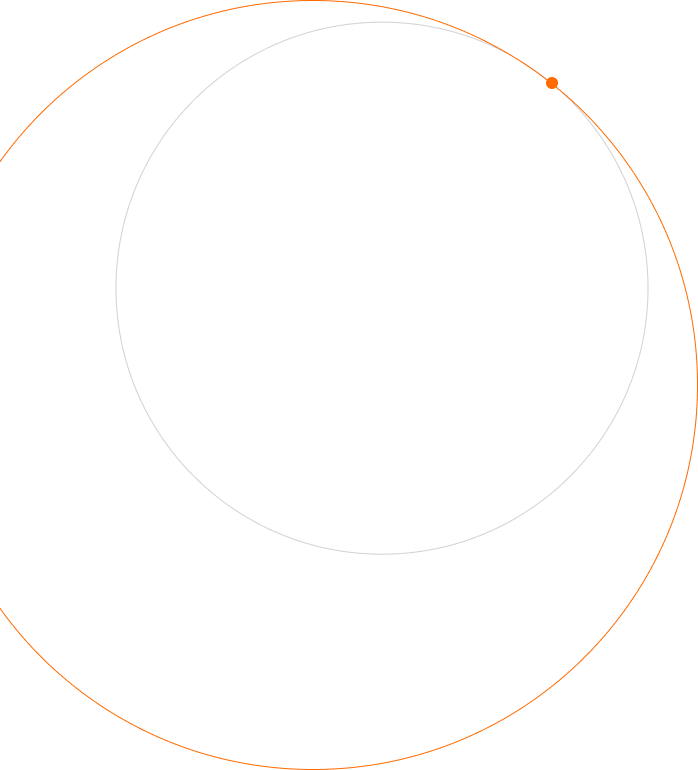
Program expenditures
How our donors choose to help
Consistency and commitment—the formula for lasting change. Together, through monthly donations and community-led solutions, our work spans across five sectors where impact is needed most.
Explore
When our community grows, so does our impact.
Let's help build a world of opportunities for every child, no matter their gender, location or circumstance.
